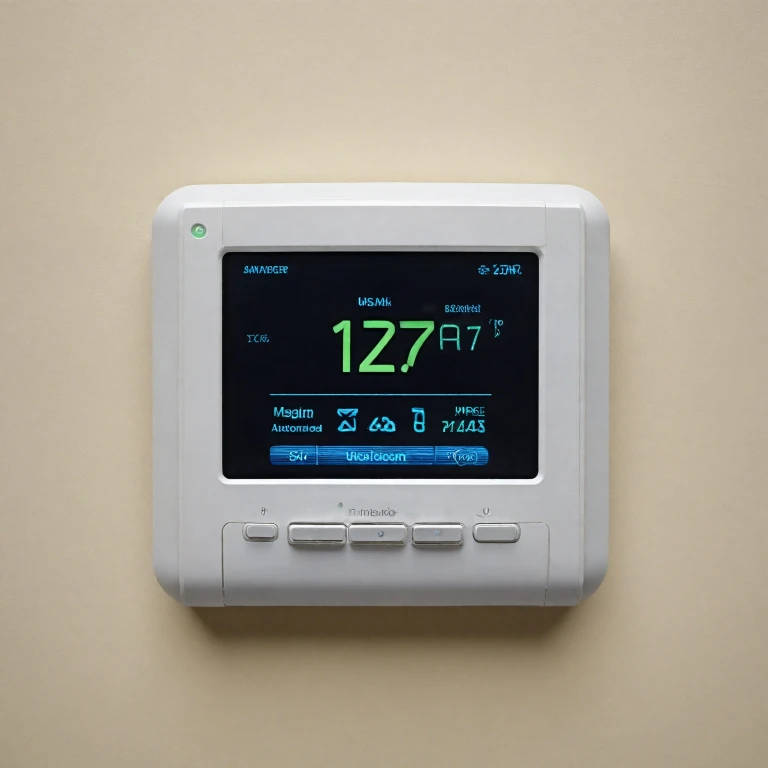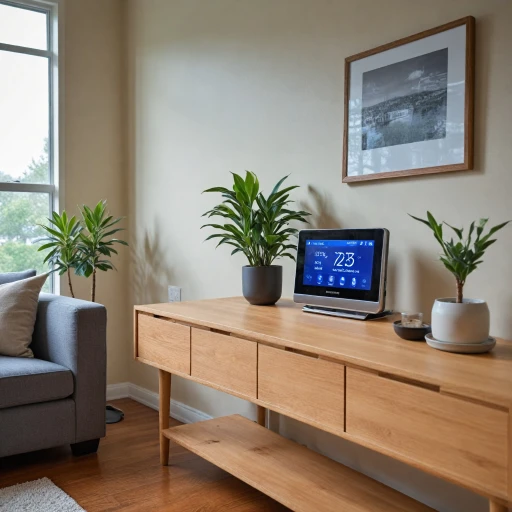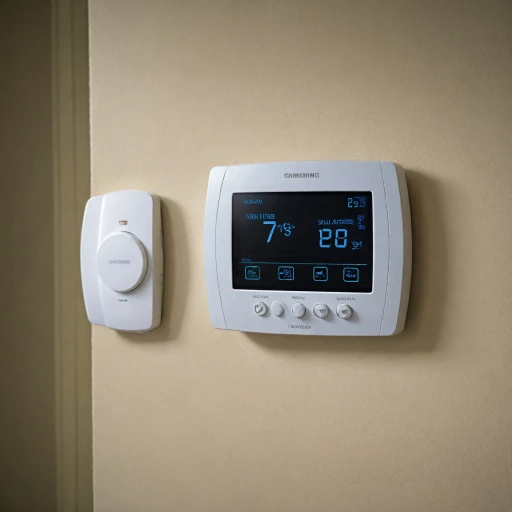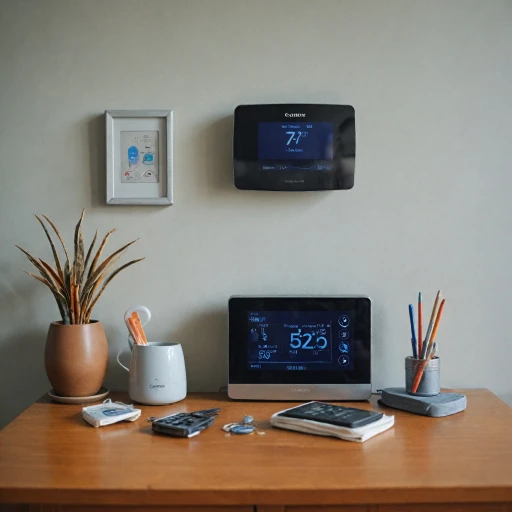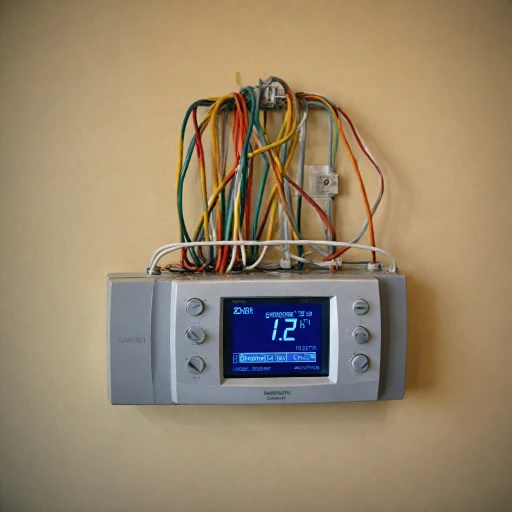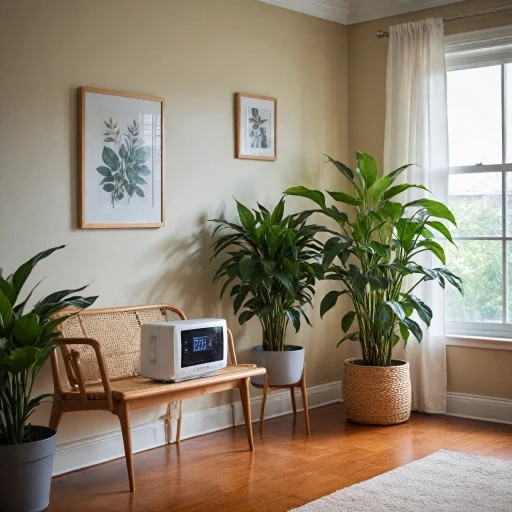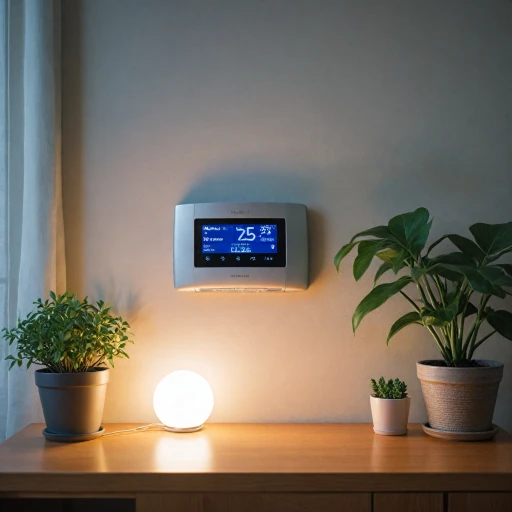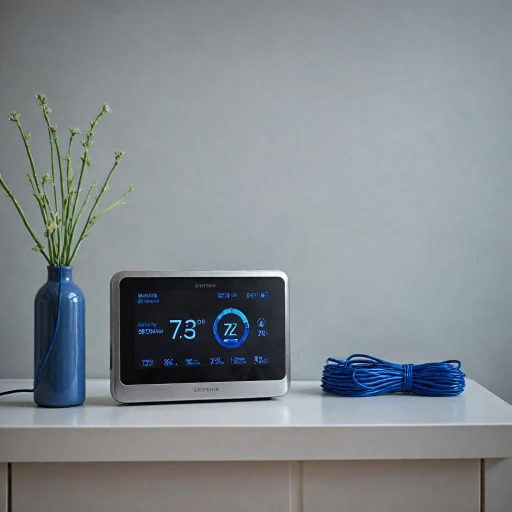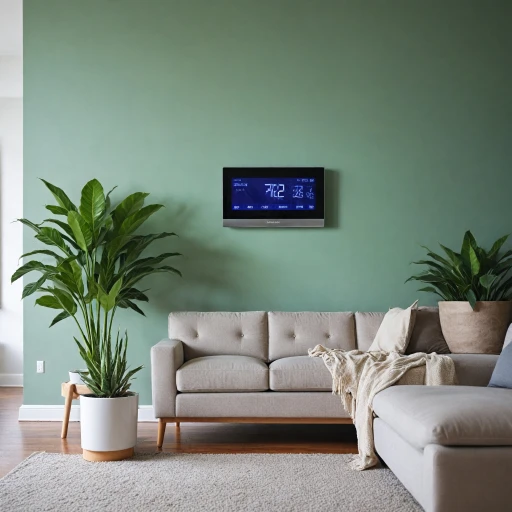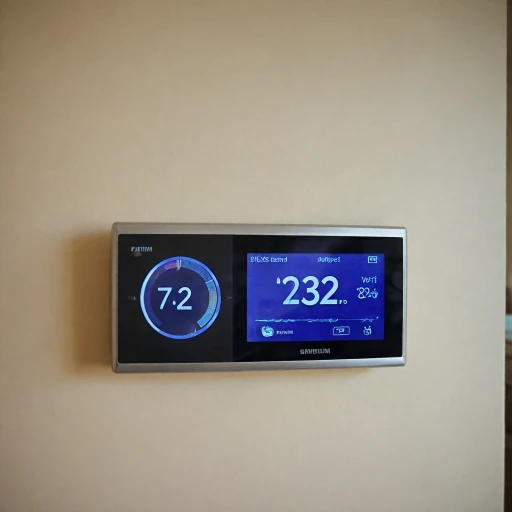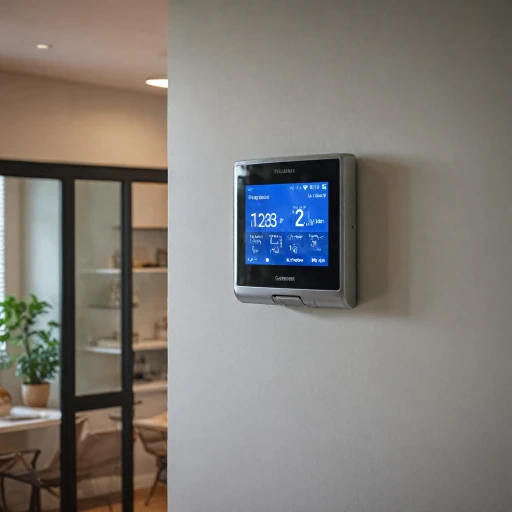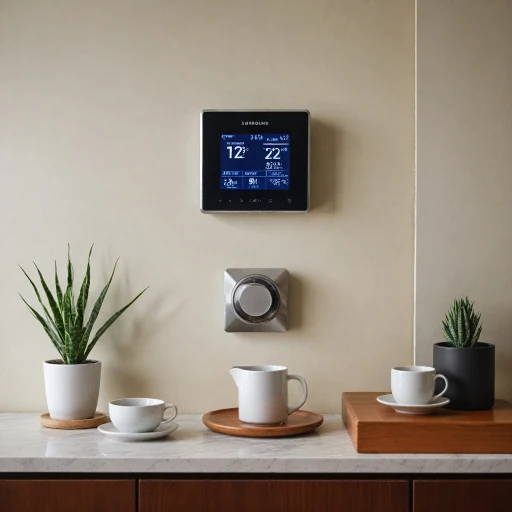
Getting Started with Your Carrier Thermostat
Familiarizing Yourself with the Basics
Getting started with your Carrier thermostat can be an enriching experience, especially when you're keen on maximizing the comfort and efficiency of your HVAC system. The Carrier thermostat, available in various models, serves as a sophisticated control center for managing your home's temperature. Whether you're setting up a Carrier Infinity system or interfacing with simple heat pumps, each model comes tailored to enhance your living environment.
Exploring Installation Options
For those who prefer a hands-on approach, ensuring a proper setup is crucial. If you feel confident to tackle the installation, ensure you consider professional guides and resources that offer step-by-step instructions and important safety tips. Yet, if DIY isn't your forte, seeking help from a local pro can save time and ensure that your unit is expertly fitted and functioning correctly.
Understanding Your Thermostat's Environment
Before diving deep into the owner's manual, examine the physical environment how your thermostat interacts with your HVAC system. Notice its placement in your home, away from direct sunlight or obstructive structures, to allow it to perform optimally. A correctly installed thermostat communicates efficiently with your air conditioner and furnace, enabling the desired climate control.
While configuring your Carrier thermostat, remember that each nuance in settings can influence your energy consumption and system performance. Familiar writings like privacy policy, product info, and owner manual sections contain insights necessary for utilizing your thermostat effectively.
Navigating the Carrier Thermostat Manual
Using the Carrier Thermostat Manual for Efficient Navigation
Understanding your Carrier thermostat manual is key to maximizing the potential of your HVAC system. Though it might seem daunting at first, this guide – often provided in both fill and white versions depending on your model – is designed to help you become proficient at managing your carrier thermostat. Firstly, locate your specific Carrier model. This is crucial, as the features of a Carrier Infinity system, for instance, might differ significantly from other models like the Carrier Comfort. Once you've identified your product, read through the main sections of the manual to gain an overview. Your manual will often include a detailed layout of your thermostat's features, which are pivotal in controlling connected units such as heat pumps and air conditioners. This can also provide insights on optimizing energy efficiency, a topic explored in more detail elsewhere in this guide. Moreover, the owner manual can be an essential tool for troubleshooting. Whether your HVAC system is experiencing furnace issues that might necessitate repair or the air conditioner doesn't function as expected, the manual can guide you through basic fixes. When issues persist, it's advisable to seek professional help – either a local pro with HVAC expertise or contacting Carrier support for further assistance. Lastly, for advanced settings or when integrating your thermostat with other smart home systems, understanding the wiring diagram is often necessary. If you're unsure about this, a detailed explanation is available here. This can significantly enhance your ability to troubleshoot and customize your system. Remember, don't skip the main sections; learning to navigate and utilize your Carrier thermostat manual can make a world of difference in achieving optimal comfort and efficiency for your home.Optimizing Energy Efficiency
Boosting Efficiency with Your Carrier Thermostat
Enhancing the energy efficiency of your Carrier thermostat can lead to significant savings on your energy bills while maintaining optimal comfort in your home. Let's look at some effective strategies to achieve this goal.- Manual Adjustments: Although the manual may come with abundant information, start by focusing on the mode settings such as 'cool', 'heat', 'fan', and 'auto'. Manually adjust these settings based on your current needs. Ensure you read the owner manual thoroughly to understand each setting's impact on your HVAC system.
- Programming Temperature Settings: Schedule different temperature settings for various times of the day. If your unit supports it, utilize the seven-day programming feature, which enables you to set different temperatures throughout the day—it might be warm during the day and cooler when you're asleep.
- Fan Settings Adjustment: Tweak the fan settings to circulate air efficiently. Consider setting the fan to auto so it operates only when necessary, reducing unnecessary energy consumption.
- Incorporate Smart Features: Use the smart features offered by your model, such as the Carrier Infinity or Comfort series. These models may allow you to integrate with a smart home system, offering a seamless experience for adjusting settings right from your smartphone or voice-activated devices.
- Preventative Maintenance: Regular furnace and air conditioner maintenance prevent efficiency from declining. Keeping your HVAC system clean and up-to-date will help your Carrier thermostat unit function optimally. When in doubt, consult a local pro for advice and repair guidance.
Troubleshooting Common Issues
Identifying Common Thermostat Challenges
Owning a Carrier thermostat can significantly enhance your HVAC system's performance, yet troubleshooting issues that arise is a common necessity. Being proactive in identifying issues can help minimize disruption, so it's vital to be familiar with your product's manual and possible problems.
Recognizing Basic Issues
First, ensure that the unit is correctly receiving power. Check if the thermostat display is active. If the display is blank, verify that your HVAC system is on and functioning correctly.
- Review the wiring within your Carrier model. Loose or incorrect wiring can prevent the entire system from operating as expected.
- Make sure the system is set to heat or cool mode appropriately, particularly in transitional seasons. Sometimes, the furnace or air conditioner may not kick on as expected due to incorrect settings.
- Consult the owner manual to understand basic error codes that the thermostat may display. These codes can often provide insight into what might be failing.
Tackling Performance Issues
Performance concerns often come down to settings or compatibility with other aspects of your HVAC setup, such as fan coils and heat pumps. Make sure the thermostat settings align with the type of HVAC system you have.
- If your air conditioner or heat pump isn't running efficiently, revisit your thermostat settings to ensure they're optimized for your desired comfort levels.
- Check for any blocked registers or incorrect fan settings in the carrier comfort settings, which might be impacting air flow.
When to Involve a Local Pro
While many issues can be resolved independently, don't hesitate to reach out for professional help when needed. Contractors who specialize in HVAC systems can offer valuable guidance and repair services.
- If you're unable to resolve a problem after consulting the manual and basic troubleshooting options, a professional may need to examine the system for more advanced issues.
- Routine maintenance performed by certified technicians can prevent future problems by catching issues before they become significant concerns.
Integrating with Smart Home Systems
Seamlessly Connect with Your Smart Home Ecosystem
Embracing the future of home automation, integrating your Carrier thermostat with a smart home system enhances both comfort and efficiency. Whether you are using a heat pump, furnace, or air conditioner, syncing your unit offers optimal control. Many Carrier models support popular smart platforms, providing more intuitive ways to manage your HVAC system.
Compatible Smart Home Systems
- Voice Assistants: Leverage devices like Amazon Alexa or Google Assistant to control your thermostat with voice commands, skipping through the main setup efforts for quick adjustments.
- Smart Hubs: Integrate with hubs such as Samsung SmartThings or Apple HomeKit to consolidate system management, including fan coils, air purifiers, and air conditioners.
Swing Into Action: Integration Steps
For owners ready to dive into the world of smart thermostats, start by confirming the compatibility of your Carrier product. The owner manual or the Carrier website can be invaluable in this process. Once confirmed, follow these general steps:
- Read through the manual to understand any specific requirements for your model.
- Navigate to your smart home device's app and locate the 'Add Device' or similar option.
- Follow prompts to connect. This may involve reading a code or syncing with Wi-Fi.
- Once connected, create schedules or automations to align with your daily routine, optimizing energy efficiency even further.
Local Support and Professional Help
If complexities arise, seeking local HVAC professional assistance can expedite troubleshooting. When dealing with Carrier comfort systems, it's imperative that integration doesn't interrupt the performance of main units or heat pumps. Consider contacting Carrier support for any questions regarding the rights reserved aspects or dive into warranty information if necessary.
Advanced Automation Scenarios
After successful integration, unlock advanced scenarios such as linking your air system's behavior to external conditions, using data from your HVAC system to inform when your white fan should operate or when the air purifier should spring into action.
For detailed scenarios and tips, the Carrier infinity systems often have dedicated resources for setup guidance, ensuring that every owner's integration journey is as smooth as possible.
